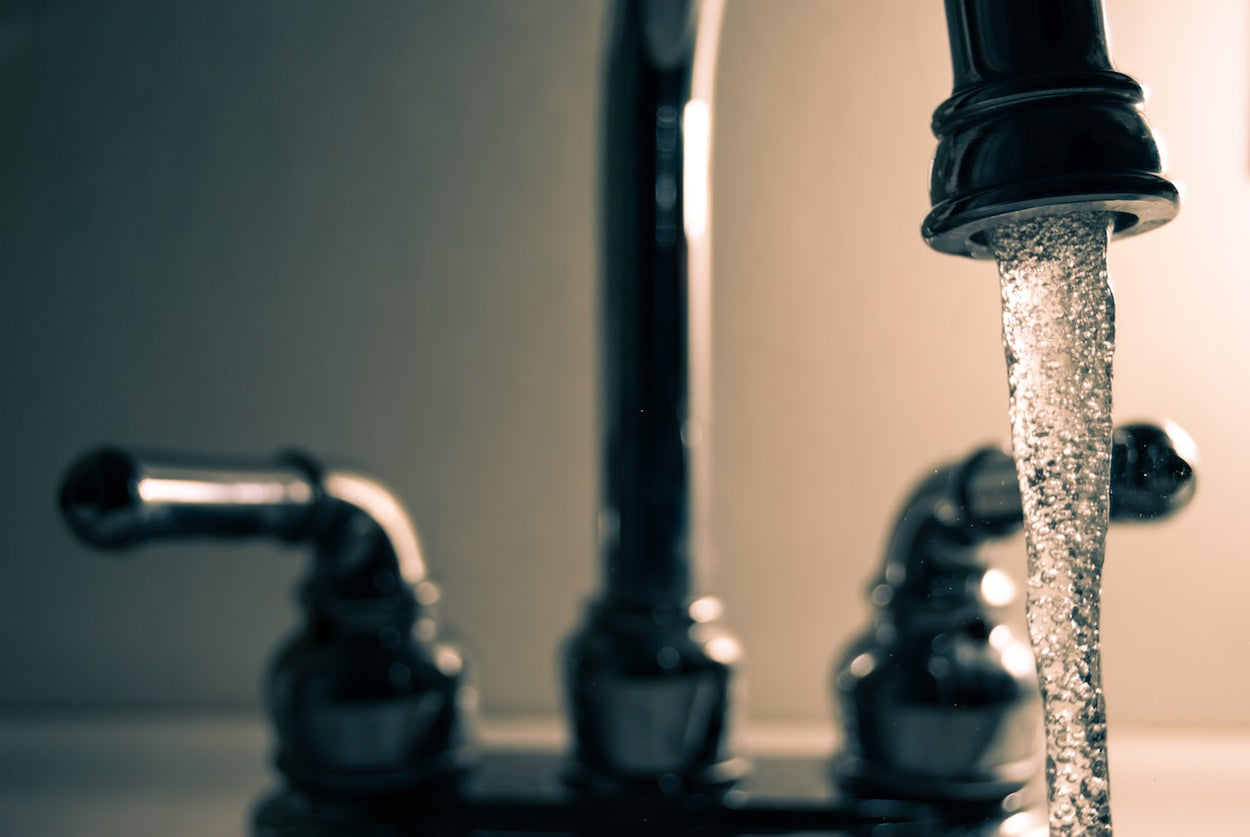Q. HOW MUCH WATER DOES A REVERSE OSMOSIS SYSTEM USE?
A. Our premium reverse osmosis system produces a waste ratio of about 1 to 1. The Undersink type systems are configured at 0.8 waste to 1 product water when the tank is empty, when the tank is about ½ full this ratio goes up to around 0.9, when the tank is full the ratio is about 1.4 to 1, this increase in ratio is a result of back pressure being applied from the storage tank to the membrane reducing it's production rate but when used as directed the ratio is about 1 to 1. There are other influences that effect production like low pressure which results in a higher waste ratio and high pressure which results in a lower waste ratio. Temperature also influences the production rate, in the winter when temperatures are lower the waste ratio will be slightly higher but in summer when the water is warmer the waste ratio will be lower. We are not trying to mislead you but the waste ratio is not an exact science and can be influenced by the environment situation in your home.
Q. WHY DO PSI SYSTEMS PRODUCE LESS WASTE THAN OTHER SYSTEMS?
A. The normal waste ratio for a reverse osmosis system is 3 litres of waste to 1 litre of product water, this is mostly due to the fact that these systems are configured for worst case rather than what level of water hardness they are likely to be treating.
Reverse osmosis systems of the domestic type can handle water up to 2000 parts per million (ppm) of total dissolved solids (TDS), in Australia the water rarely goes over 400 ppm with the average being closer to 200 ppm, Melbourne east supply is around 30 ppm tds, Melbourne west 180 ppm tds, Sydney is usually 160 ppm tds. Brisbane 200 ppm tds, Adelaide 300 ppm tds, Perth 420 ppm tds and Hobart 50 ppm tds.
The waste ratios in standard form are configured for water way worse than you are likely to encounter in Australia's populated areas, Australia's water is way softer than what the rest of World has to endure so we have done the testing and reduced the waste ratio but it is not that simple, we have a membrane flushing valve to rid the membrane of the possible calcium build-up that can result in simply dropping the waste ratio, the premium systems come with the membrane flushing valve to easily flush the membrane, without the flush valve we wouldn't be able to get the waste ratio so low. The low waste ratio reverse osmosis unit we limit to 500 ppm tds.
The flush valve has another saving, it means you can flush the membrane yourself at any time which means you don't need a overpriced service guy to come around and flush the membrane every 12 months which is what is required with a high waste system.
Q. DOES THE SYSTEM NEED TO RUN 24 HOURS A DAY?
A. No, Undersink reverse osmosis systems have an auto shut-off valve and a non return valve, these components work together to turn the in-feed water supply off when the back pressure from the storage tank equals about 66% of the in-feed pressure, this auto shut-off system is an important component of an Undersink reverse osmosis.
Manual systems like the Countertop and Laundry (wall mount) reverse osmosis systems are just that, Manually operated so they will produce reverse osmosis water until you turn the in-feed water off.
Q. CAN YOUR SYSTEM HANDLE HARD WATER?
A. Yes they can but the low waste units we have limited to 500 ppm tds, with hard water like at Karratha we modify the system and supply it as what we call medium waste unit, they are in general around 1.5 to 1 waste ratio, this ratio is good up to 1000 ppm tds, any higher and they need to be at 3 to 1 waste ratio.

